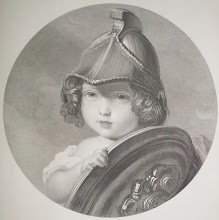The future of Grade II-listed Undershaw, at Hindhead, has been in doubt since 2004 when the hotel which occupied the building closed.
It was built by Conan Doyle in the 1890s, but has been owned by a developer for the last six years.
Campaigners want it saved as a single building or turned into a museum.
The house, which overlooks the Devil's Punch Bowl, is in need of repair following a number of failed planning applications.
The latest plan is for it to be extended and divided into three properties.
John Gibson, of the Undershaw Preservation Trust, said: "Conan Doyle lived in this house between the ages of 37 and 47, and really when he left this house I think his best work was behind him.
"He did some of his finest work actually in this house. This house is a microcosm of the age."
Members of the public have until 19 March to comment on the proposal for the property.
